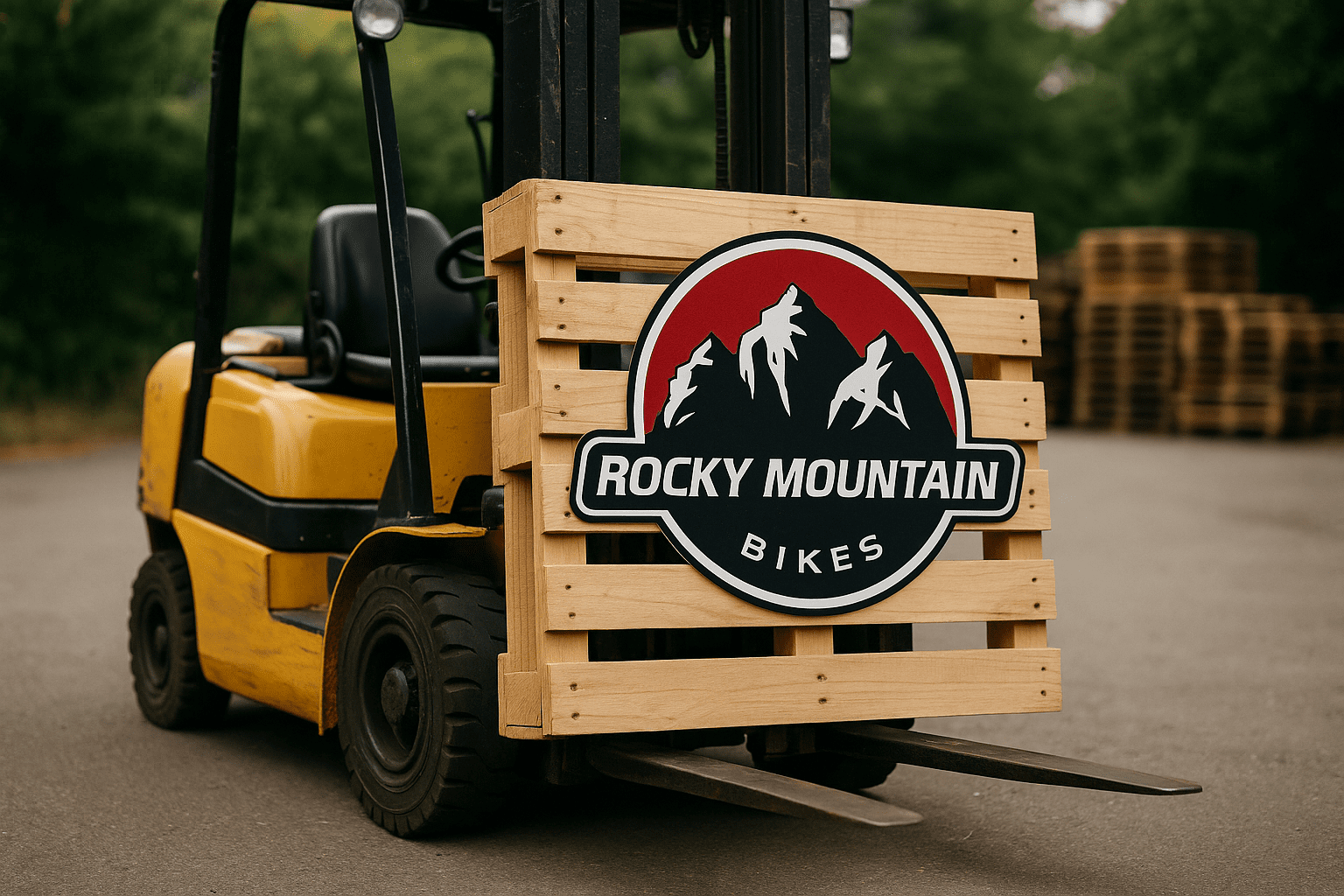Rocky Mountain Bicycles – for many riders, a symbol of quality, innovation, and Canadian outdoor spirit – had to enter restructuring proceedings at the end of 2024 to avoid insolvency. The brand is not alone: the bike market has changed dramatically over the last few years, and selling bikes today is a completely different race than it was just five years ago.
From Boom to Braking Zone
The pandemic triggered an unprecedented cycling boom. E-bikes – and especially eMTBs – became both status symbols and leisure gear. Back then, buyers often grabbed whatever was available, paying record prices. For manufacturers, it was like riding a never-ending flow trail: everything rolled smoothly.
But that was just a snapshot in time. Today, many of those buyers are keeping their bikes for five, six, or even seven years. The “power users” who swap or upgrade regularly are in the minority. The majority is already equipped. This doesn’t mean the e-bike boom is over – it simply means we’ve entered a state of normality. The market isn’t dead, it’s just saturated.
Market Push-Out – The Invisible Descent
In this new reality, brands are fighting not only for customers but for visibility. More and more mass-market manufacturers have learned how to cleverly mask the weaknesses of their products – using high-budget marketing campaigns, trendy model names, or impressive price-to-spec ratios that, upon closer inspection, reveal compromises.
For beginners, this is a real challenge: at first glance, many bikes look similar. Whether the components are up to par, the suspension works properly, or the geometry suits your riding style is hard to tell – especially when glossy images and catchy slogans make everything look “high-end.”
The Brutal Competition
While direct-to-consumer brands and big chains push aggressive prices into the market, heritage brands like Rocky Mountain face double pressure:
- Too expensive for the price-sensitive mass market.
- Too easy to overlook in a premium niche that’s already crowded.
The result is a competitive squeeze that even long-standing names are struggling to survive.
💡 Info Box: Marketing Traps in the Bike Market
- Big Stickers, Small Specs
Huge “RockShox” or “Shimano” logos might look premium – but often, these are entry-level versions of the components. - High-End Suspension? Not Quite
Even if it’s “air suspension,” the adjustability can be very limited – quickly becoming a ceiling for sporty riders. - Featherweight Claims
Weight figures are often for the smallest frame size without pedals – in reality, many bikes are noticeably heavier. - Motor Power on Paper
Peak torque numbers don’t tell you much about sustained performance or battery management. - The MSRP Trick
High “list price” followed by a “mega-discount” – often just a marketing move to create a false sense of a bargain.
What Beginners Should Know
- Don’t be blinded by marketing – real data, reviews, and test rides matter more than glossy images.
- Be honest about your needs – occasional riders don’t need the most expensive race bike.
- Think long-term costs – spare parts, service, and battery replacement for e-bikes can add up.
- Brand isn’t everything – smaller brands or direct-to-consumer options can offer excellent bikes.
The Rocky Mountain case is more than just a company story – it’s a mirror for the whole market. After years of excess and fast sales, we’re now in a phase where only the brands that adapt to the new reality will survive. For buyers, this means: research, compare, and stay critical.
Because in today’s bike market, just like on a technical trail: the right line determines whether you reach the finish safely or end up in the rocks.


No responses yet